What Your Learners Want You to Know
We like to think of learning as an opportunity to play host to our learners. That means offering a great guest experience from the time they access our content to the moment they check out and return to their lives.
By treating our learners like our guests, we empower them to identify their own moments of need and seek out resources that will help. This kind of learning is called “pull” learning—meaning that learners access it of their own volition. It’s the opposite of “push” or mandatory learning.
Pull learning is the human-centered choice. By offering it, we recognize that learners have a limited amount of attention and energy to spend with us—and encourage them to spend it wisely. That means spending it on understanding and practicing new material, not struggling to find time for learning, prioritize extraneous details, or figure out a new app.
Just as an upscale hotel asks its guests for feedback, we should always be asking our learners how we can make their stay with us better. Even the most beautifully prototyped, learner-approved solution can become obsolete. That’s why it’s so important to make a habit of checking in with our learners and asking the right questions. (Need help decoding their answers or understanding how learner feedback fits into the big picture? We’ve got you covered!)
Human-Centered Learning Design By The Numbers
Organizations are the largest and most effective drivers of social change, which means that we have the responsibility to provide skilling and growth opportunities to our people. By doing so, we maintain our people in a highly effective state which, in turn, elevates the larger conversation in our industry and the global talent pool.
In our recent eBook, It’s All About Your People! Embracing Human-Centered Business, Workplace Culture, and Learning Design, we invited other organizations to join us in providing their people with a mutually recognized skill “passport.” This skilling effort elevates society by keeping our people employed and in-house as we prepare them for new roles—just as our friends at a global technology company did for the thousands of workers they reskilled. (See #3 in our tips for talent retention.)
Employees who have these skill passports are more likely to stick around, thereby saving us costly turnover—an average of $15,000 per person.
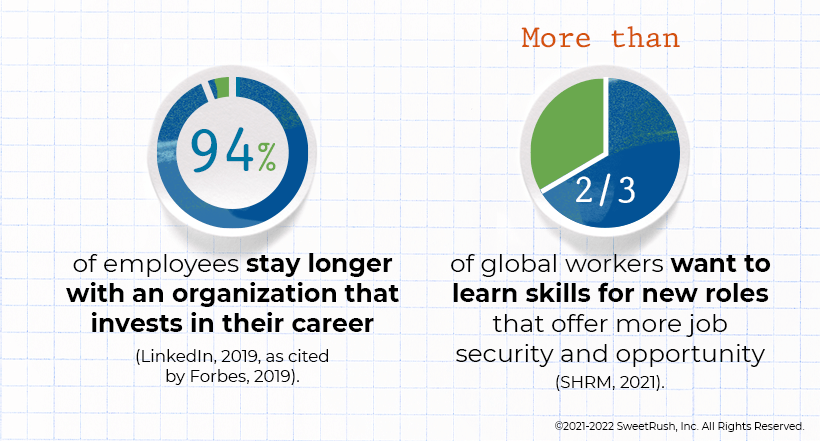
Our learning and skilling solutions are also part of our internal messaging. They speak volumes about who is present and valued at all levels of our organizations and what we believe our employees look like and can do.
With so much riding on human-centered learning design, it’s important to get it right. Here are 4 truths—and 4 real-life examples—that help us share our care for our people in this vital product, service, and message.
Truth #1: Human-Centered Learning Is Accessible
Your people have different bodies and brains—and your learning designs need to provide them all with a rich, welcoming experience. That’s why accessibility needs to have a place in every learner audience analysis. We partnered with a major technology company to build a robust, gamified learning program that addressed learners’ visual, hearing, and mobility needs.
Desired Outcome: Improve customer satisfaction scores—especially in the area of communications.
Learning Objectives: Build empathy for customers; boost commitment to the customer experience and skill retention; drive organizational culture change.
Primary Audience: Engineers (individual contributors)
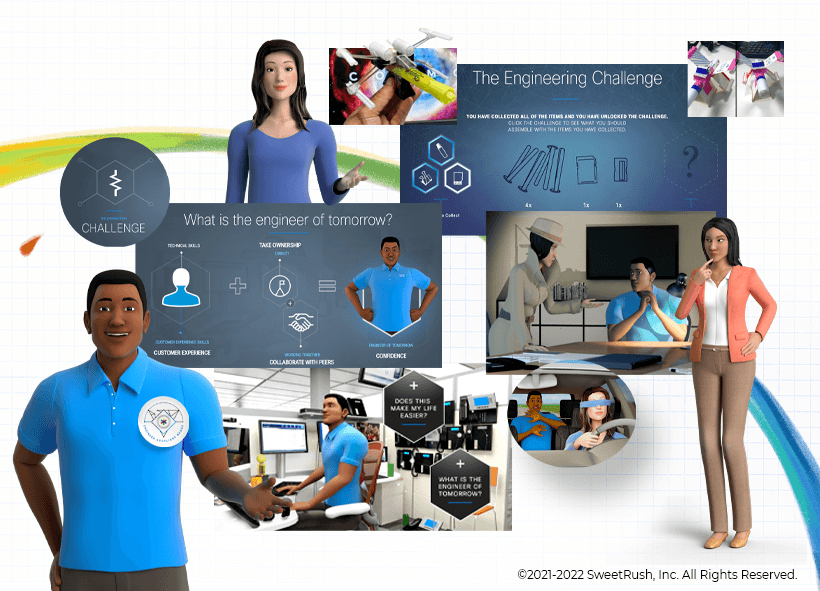
Solution: The Engineer of Tomorrow program is an engaging collection of 57 nanolearning courses, 8 instructor-led team meetings and workshops, and a brand-new custom learning platform complete with badges, games, and social learning elements.
All nanolearning courses are designed to WCAG 2.0 Level AA accessibility standards, with features including:
- Size, contrast, and legibility of all fonts and images
- Screen reader technology
- Closed captioning and transcripts
- Keyboard navigation
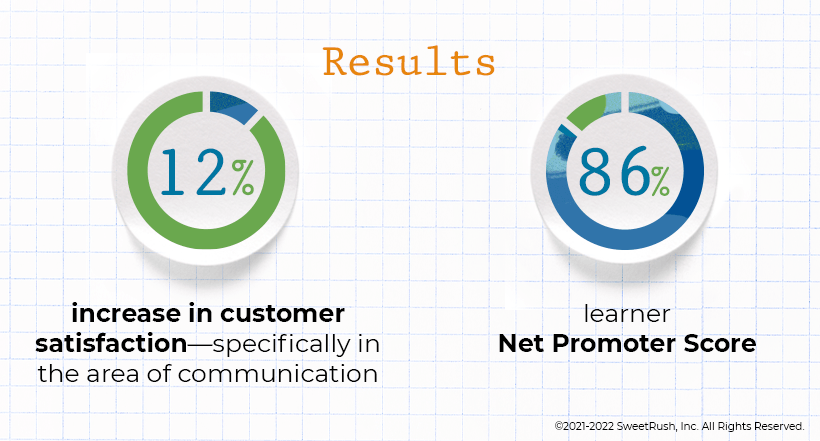
Truth #2: Human-Centered Learning Is Representative/Inclusive
Our diverse learners need to see and hear themselves in our learning solutions. And it’s vital that they see themselves in all departments, at all levels of the organization.
If you’ve somehow got a monolithic learner audience, you won’t for much longer. With a BIPOC population of 53% under 40 in the U.S. alone, there’s a good chance that your new hires will boost your team’s diversity. Now is the time to ensure that your learning welcomes them home.
The Society for Human Resource Management (SHRM) wanted to do just that for its People Manager Qualification (PMQ) program. We partnered with SHRM to create an action-packed (dare we say binge-worthy?) program that speaks to a learner audience of 300,000 members in 165 countries.
Creating relatable, relevant characters was critical! The team started by writing a nuanced backstory for each character, including life experiences, work history, personality traits, and goals.
They then made sure that the characters spanned a range of body types and abilities, gender identities and relationships, skin colors, and ethnic backgrounds.
And of course, every character needed to have different skills and abilities to help learners apply SHRM’s robust content to various management situations.
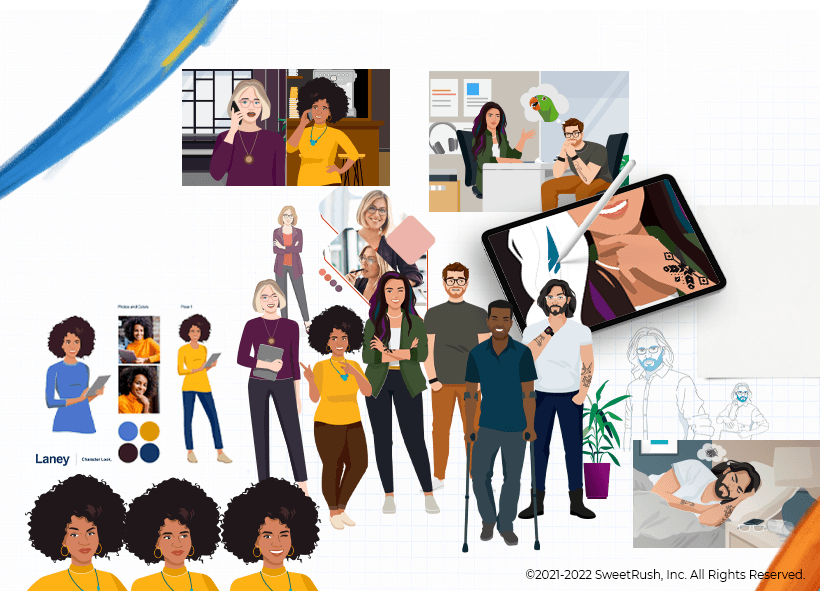
Desired Outcome: Give new people managers approaches and behaviors they can directly apply on the job, and reduce the costs of turnover due to poor management.
Learning Objectives: Build people managers’ skills in four key areas.
- Effective Communication
- Performance Management
- Team Leadership
- Situational Judgment
Audience: New or current people managers
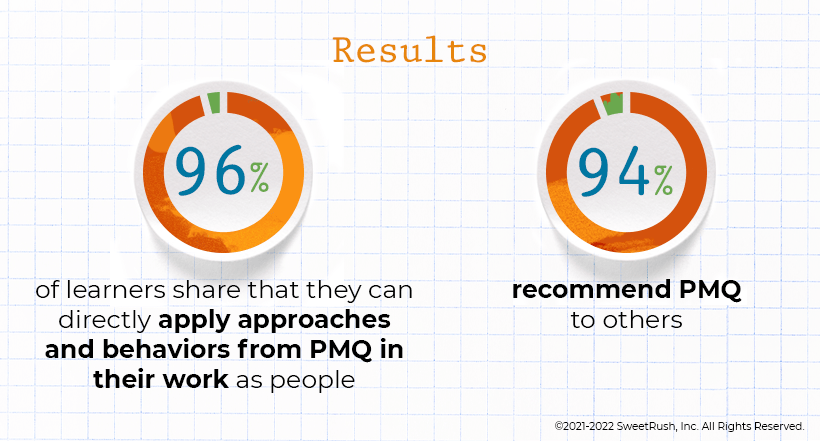
Truth #3: Human-Centered Learning Is Enjoyable
Learners are our guests—but a great stay isn’t all business. We can make the experience of gathering needed knowledge and skills colorful and engaging for our learners.
Our client-partner, a global leader in snacks and beverages, wanted a fun learning experience to welcome new hires and encourage them to share their uniqueness. They chose a whimsical onboarding experience that combines storytelling, humor, fun 2D characters and animation, and standout interactivity in a single eLearning course. The theme is “From Unique to Extraordinary,” and the learner is the hero.
Desired Outcome: Shift learners’ mindsets away from working for one specific brand and toward one of working for a unified global company.
Learning Objectives:
- Make individuals feel welcome
- Embrace and celebrate their uniqueness
- Create a sense of “oneness” and shared purpose
- Encourage individuals to find and use their voice
Truth #4: Human-Centered Learning Happens In The Flow Of Work
Our learners are often in the middle of a job task when they realize they need help. They literally have their hands full—and need a “nudge” that responds to their questions within their flow of work. These nudges are called performance supports—solutions learners can access at their moment of need and then turn that information into action within seconds.
Our client-partner, a U.S. government-funded training and education organization, had an especially urgent performance support need. In 2020, its global audience of frontline healthcare workers needed up-to-the-minute information on the emerging COVID-19 virus. With findings emerging daily, even hourly, that was no small undertaking. And this life-saving information needed to be delivered in learning solutions that were easy to locate, download, and understand—by any learner, anywhere in the world.
Together, we developed a collection of just-in-time performance support solutions. Each features clear, accurate infographics depicting urgent procedures and correct use of personal protective equipment.
The goal? Get the most current COVID-19 information to overworked, exhausted learners with minimal clicks and zero confusion.
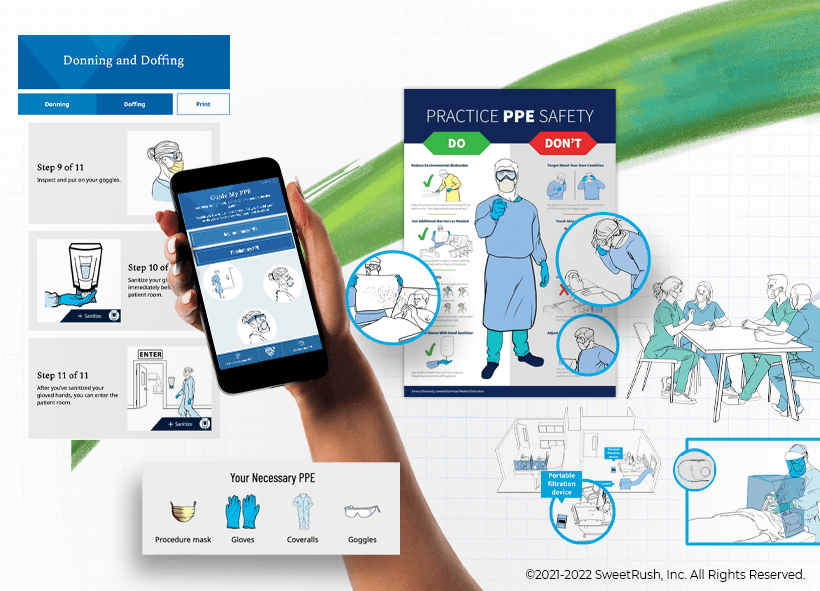
Desired Outcomes: Distill global sources of information about COVID-19 into a digestible, actionable format—and boost the organization’s visibility as a trusted, apolitical source of current COVID-19 information.
Learning Objectives: Provide the most current and accurate information on COVID-19 transmission, immunity, and treatments to help learners save their patients’ lives—and their own.
Audience: The 67 million-plus healthcare workers around the world who serve in every type of care setting
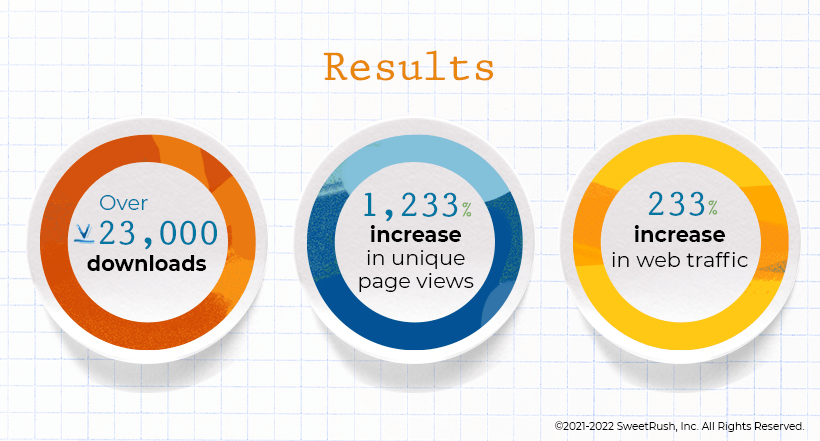
Life Looks Different After Learning
We’re sneaking in one last parting truth here: every human-centered learning experience needs a succession plan.
Learning can stir up strong emotions, especially when it focuses on topics of personal growth, bias, and self-awareness. That’s part of its power. And when we lead people into powerful learning experiences, we have a responsibility to maintain the connection and conversation.
Whether we do so in one-on-ones, team meetings, all-hands meetings, or grassroots employee resource groups (or better yet, all of these!), we need to make the space for continued conversation and reflection. We also need to clear the way for our people so that they can apply their new ideas, behaviors, and mindsets. Removing the pebbles helps us keep our people inspired over the course of our shared journey.
Curious to learn more human-centered business and management practices that help your people reach their full potential? Check out our eBook, It’s All About Your People! Embracing Human-Centered Business, Workplace Culture, and Learning Design. You’ll find plenty of lessons from our two decades as a human-centered organization—and decade-plus as a fully remote team.

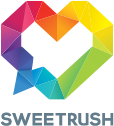



![It's All About Your People! Embracing Human-Centered Business, Workplace Culture, And Learning Design [eBook]](https://cdn.elearningindustry.com/wp-content/uploads/2021/09/shutterstock_793564648.png)



